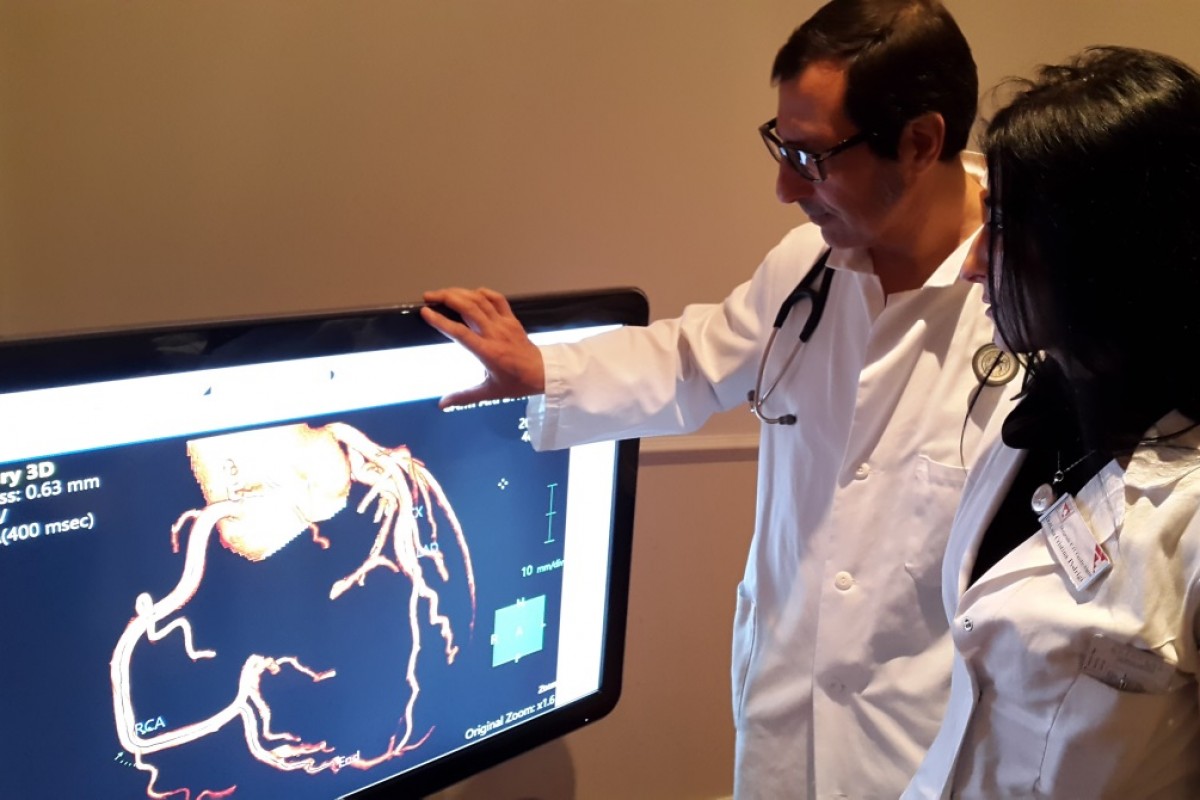
Vaginal Balls the new approach to rehabilitate the pelvic floor
Vaginal Balls the new approach to rehabilitate the pelvic floor Dr. Carlotta Errico, Midwife
In December 2013, a 2 years experimental study began. It was conducted in the rehabilitation of the pelvic floor clinic at the University of Pisa with the support of Dr. Elisabetta Donati (lifting cutaneo con o senza l’utilizzo della tecnica SMAS, o Superficial Muscular Aponeurotic System) with regards to rehabilitating the pelvic floor.
But why does the pelvic floor need to be rehabilitated?
Because it is a muscular structure that has two important functions; the first is to support the bladder, uterus and rectum in their correct positions, and the second is to maintain urinary and rectal continence, as well as the muscular tone of the vagina.
In time with risk factors such as pregnancy, menopause, obesity, constipation and sports (like weight-lifting that increases abdominal pressure on the perineum) signs and symptoms of dysfunction can appear.
The pathology symptoms are urinary incontinence, fecal incontinence, urogenital prolapse, a decrease in sexual sensations and dyspareunia.
A therapeutic approach for women with a malfunctioning perineal floor should include modifications taking into consideration lifestyle and behavioral treatment.
During the clinical examination, the therapist assesses the abdomen, the pelvic girdle and the perineum, checks for the presence of eventual prolapses and calculates the voluntary contraction of the pelvic floor. Following which, a personalized treatment is decided upon for the most appropriate rehabilitation for the patient: functional electrical stimulation, biofeedback, physiokinesitherapy and muscular training.
Patients in our studio have been treated for light post-partum Pelvic Floor Dysfunction (PFD). The program envisaged the use of vaginal spheres to assist with the Pelvic Floor Muscle Training. (PFMT)
The program was divided in two parts:
The Passive training: The patient, having positioned the sphere inside the vagina could remain upright and walk around with the purpose of increasing the muscle tone in depth and guaranteeing the pelvic state without having to constantly contract the muscles.
The Active training: Kegel exercises, a muscle training exercise that acts on the elevator muscle of anus, increasing the strength, the force resistance and speed of the muscle contraction by modifying its extensibility and elasticity.
The vaginal balls varying in weight (from 28gm, 38gm to 48gm) were assigned to the women according to their individual muscular strength. Equipped with a removal cord, a second ball was inserted that during natural movements produced a vibration, which in turn, produced aleatory micro-movements and mini-contractions, the best way to reinforce the tone.
The patients were seen three times over the course of six months and check-ups were considered essential to the rehabilitative process, as with an independent treatment, there was a risk that a woman may unintentionally use her abdominal and gluteus muscles. That would be counter-productive to the rehabilitative process. The midwife encouraged the patient to continue the daily training.
The results of the treatments have demonstrated an improvement to the patient’s quality of life, a reduction to the loss of urine and a toning of the Pelvic Floor muscle which, in turn, contributes to a better sex life.
Therefore the vaginal spheres have clearly demonstrated an excellent alternative to traditional methods for exercising the Pelvic Floor Muscles.
When we initially proposed the use of the vaginal spheres, we were facilitated by the desire of women to perform exercises that allow them to do two things simultaneously; in fact, the majority of women, have demonstrated a preference for the vagina balls over every other option.
The main message that we need to deliver to women everywhere is that they must increase their awareness of their own bodies and achieve a practical muscular recovery, not just aesthetic results.
Women must therefore develop their knowledge of the functionality of the muscles that are most stressed during pregnancy – the perineum, and know how to train them for a strong and healthy pelvic floor, so as to go back to their best possible daily life.










